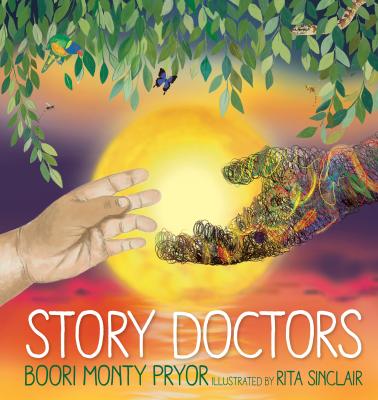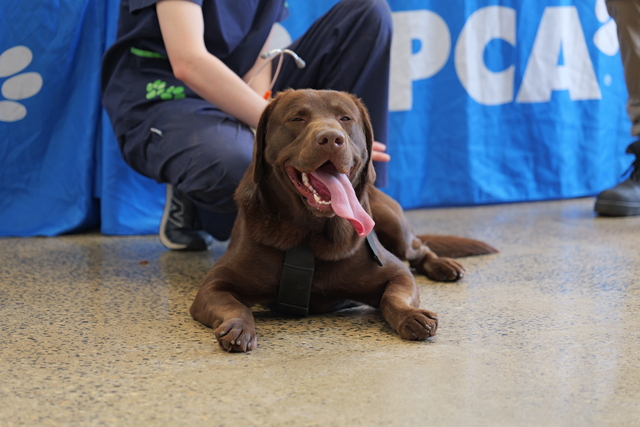Written by renowned Indigenous Australian storyteller Boori Monty Pryor and beautifully illustrated by Rita Sinclair, Story Doctors is about storytelling as a way of healing. Not just to heal relations between peoples and communities, but also our relations with ourselves.
Pryor had a long career communicating Indigenous Australian culture to school students and adult groups throughout Australia. He performed dances, played didgeridoo, told stories and even acted in film and television, before turning to writing books.
Many know of Pryor’s Shake a Leg, a celebration of food, dance and cultural understanding that won the 2011 Prime Minister’s Literary Award for Children’s Fiction. Others know him as the creator, writer and narrator of Wrong Kind of Black, the Australian web/TV show nominated for an International Emmy Award for Best Short Form Series in 2019.
But Pryor is also the inaugural Australian Children’s Laureate. His transition from storytelling, performing and dancing to writing is noteworthy, as he believes written words are meant to convey the wise voices of nature and culture,
Stories are meant to heal. Hence “Story Doctors”: “The pharmacies abound, above and underground, green shoots so small, to trees so tall. Helps breathe in all our glories, the medicines in our stories. That stony face, our storied place.”
Our land is full of stories. The “nature vs. nurture” debate aside, reader are encouraged to “drink the stories through your eyes” by observing the rhythms and rhymes of this land. Not just today’s beats and tones, but also yesterday’s melodies and hymns.
The colourful illustrations reveal how the ancient hills and sparkling creeks were turned into endless pastures grazed by livestock and scarred by fences and chains. There’s a hint of a name “King Billy”, which may refer to Jimmy Clements, an Indigenous elder from the Wiradjuri tribe who walked for nearly a week from Gundagai to Canberra to attend the opening of the Provisional
Parliament House in 1927. When told to “move on” by police, Clements explained he was there to demonstrate his “sovereign rights to the Federal Territory”. It was the first recorded instance of Aboriginal protest at the Parliament.
Or, “King Billy” may refer to William Lanne, the last “full-blood” Indigenous Tasmanian. After his death in 1869, the Royal College of Surgeons of England and the Royal Society of Tasmania fought over possession of Lanne’s remains. A local surgeon named William Crowther broke into the morgue and decapitated the corpse, before sending Lanne’s skull to London “for scientific purposes”. To make a long story short, Crowther later became Premier of Tasmania.
But surely these stories are not the focus of Story Doctors, because: “Doctor’s orders, there are no borders. When it comes to we as one, belonging’s said and done… Our future is the past. Will learning from it last?” Our task is to learn from the past and create positive visions for the future, because stories are meant to heal. Rather than building walls and widening gaps, stories are all about respect for ourselves and each other.







